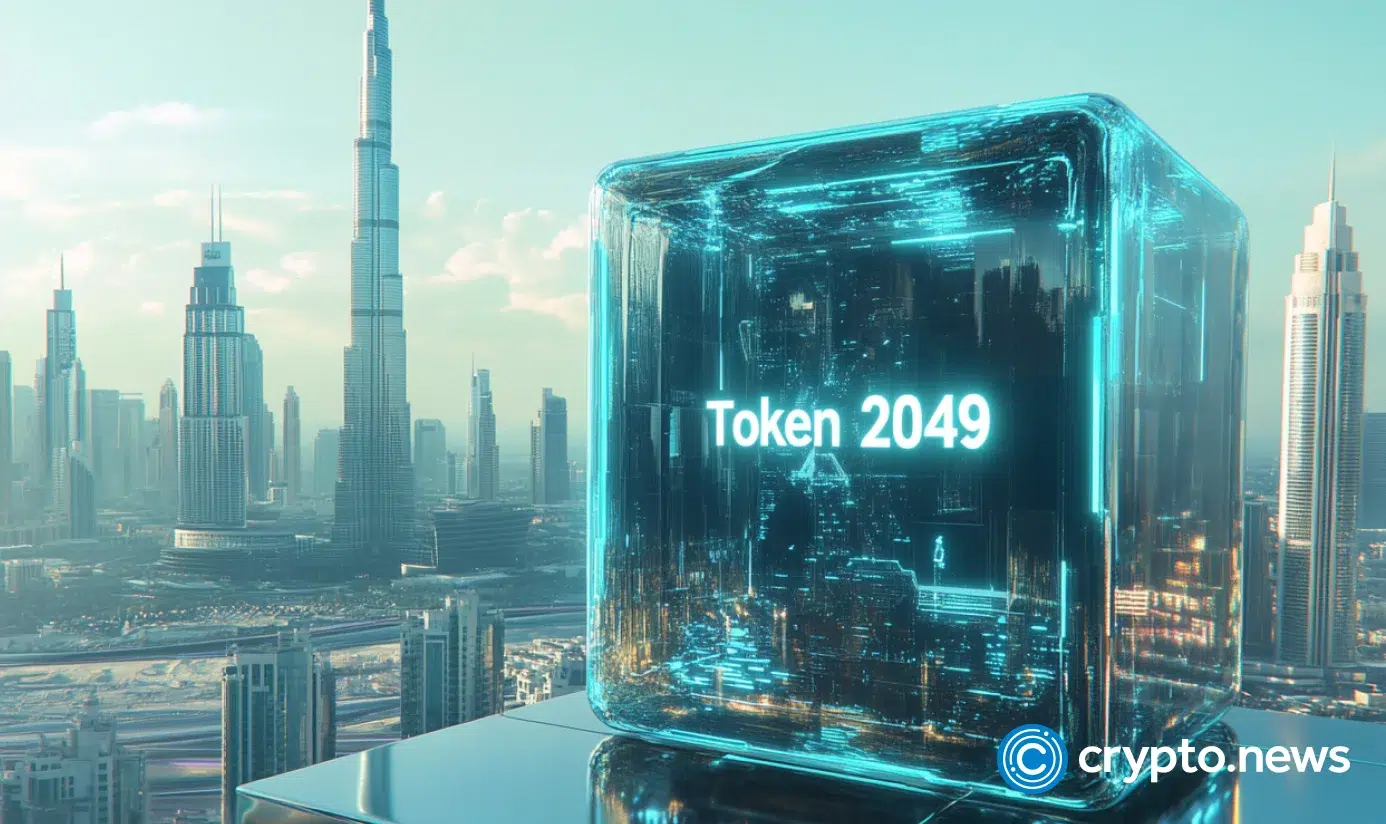XRP Bank Integration: Transforming Cross-Border Payments in the Digital Banking Era
In today's rapidly evolving financial landscape, banks worldwide are seeking innovative solutions to enhance their cross-border payment systems. Among the most promising technological advancements in this sphere is the integration of XRP, a digital asset designed specifically for payment settlement. This comprehensive exploration delves into how XRP bank integration is revolutionizing traditional banking operations, offering unprecedented efficiency, cost reduction, and transaction speed.
Understanding XRP and Its Core Functionality
XRP is the native digital asset of the XRP Ledger, an open-source, permissionless blockchain technology designed to facilitate faster and more cost-effective cross-border transactions. Unlike many cryptocurrencies created primarily as alternative forms of money, XRP was developed with a specific focus on enhancing international payment networks for financial institutions.
The XRP Ledger achieves consensus through a unique protocol that enables it to process transactions in approximately 3-5 seconds—dramatically faster than traditional banking systems that may take days to settle international transfers. Moreover, the system can handle over 1,500 transactions per second, providing scalability that competes favorably with established payment networks.
The Traditional Cross-Border Payment Challenge
Before understanding the value proposition of XRP integration, it's essential to recognize the long-standing challenges in conventional international banking transfers:
- Lengthy Settlement Times: Traditional correspondent banking relationships typically result in transfers taking 3-5 business days to complete.
- High Transaction Costs: The multiple intermediaries involved in cross-border transactions each require fees, significantly increasing costs.
- Liquidity Constraints: Banks must maintain pre-funded nostro accounts in destination currencies across multiple financial institutions worldwide.
- Limited Transparency: Traditional systems offer limited visibility into transaction status, timing, and associated fees.
- Operating Hours Limitations: Conventional systems operate during business hours, creating delays when transactions cross different time zones.
These limitations have created significant inefficiencies in the global financial system, affecting both banks and their customers.
How XRP Integration Transforms Banking Operations
1. On-Demand Liquidity (ODL)
One of the most significant advantages of XRP integration is the ability to provide on-demand liquidity for cross-border payments. Rather than maintaining pre-funded accounts in various currencies, financial institutions can use XRP as a bridge currency:
- The sending bank converts local currency to XRP
- XRP moves across borders almost instantly
- The receiving institution converts XRP to the destination currency
This process eliminates the need for nostro/vostro accounts, freeing up billions in capital that banks can redirect toward more productive investments or lending activities.
2. Cost Reduction
XRP integration substantially reduces the cost structure of international transfers:
- Elimination of Correspondent Banking Fees: By bypassing intermediary banks, institutions avoid multiple handling fees.
- Reduced Currency Exchange Spreads: Direct currency conversion often provides more favorable exchange rates.
- Lower Operational Costs: Automated systems require less manual intervention and reconciliation.
Studies suggest that financial institutions can reduce transaction costs by up to 60% through XRP integration, creating significant competitive advantages and potentially enabling them to offer more attractive pricing to customers.
3. Settlement Speed and Efficiency
Perhaps the most apparent benefit of XRP integration is the dramatic improvement in settlement speed:
- Transactions settle in 3-5 seconds compared to days in traditional systems
- 24/7/365 availability eliminates delays caused by banking hours and time zones
- Real-time transaction tracking and verification enhance operational visibility
This increased speed not only improves customer satisfaction but also reduces the risk exposure associated with fluctuating currency values during extended settlement periods.
Technical Implementation Considerations
Integration Models
Financial institutions generally choose from several integration models:
- Direct Integration: Banks directly connect to the XRP Ledger, maintaining their own nodes and developing proprietary solutions.
- Third-Party Solutions: Institutions partner with fintech providers offering pre-built integration platforms.
- Consortium Approach: Multiple banks collaborate to develop shared infrastructure and standards.
Each approach presents different advantages regarding implementation time, cost, and control.
Security and Compliance Frameworks
Successful XRP integration requires robust security and compliance protocols:
- Regulatory Compliance: Institutions must navigate varying regulations across jurisdictions regarding cryptocurrency handling.
- AML/KYC Procedures: Enhanced verification processes adapted for blockchain transactions.
- Cybersecurity Measures: Advanced security protocols to protect digital assets and transaction data.
- Audit Capabilities: Comprehensive tracking and reporting mechanisms for regulatory requirements.
Banks have found that the transparent nature of blockchain technology often enhances compliance capabilities by providing immutable transaction records.
Real-World Implementation Case Studies
Several financial institutions have already implemented XRP integration with promising results:
MoneyGram and Ripple Partnership
Though this partnership has evolved over time, MoneyGram's implementation of Ripple's ODL solution demonstrated significant improvements in operational efficiency and cost reduction for their international transfer services.
SBI Remit and Coins.ph Corridor
This implementation created an efficient payment corridor between Japan and the Philippines, reducing transfer times from days to seconds and significantly lowering costs for remittance services.
Santander's One Pay FX
While not exclusively using XRP, Santander's blockchain-based payment solution incorporates similar technology principles, enabling same-day international transfers across multiple corridors and demonstrating how traditional banks can successfully adopt blockchain solutions for payment processing.
Challenges and Considerations for Banks
Regulatory Uncertainty
The regulatory landscape for cryptocurrency continues to evolve globally. Banks must navigate:
- Varying legal classifications of digital assets across jurisdictions
- Evolving compliance requirements for blockchain-based transactions
- Potential changes in central bank policies regarding digital currencies
Many institutions adopt a cautious approach, implementing solutions in regions with clearer regulatory frameworks while monitoring developments elsewhere.
Technical Infrastructure Requirements
Successfully implementing XRP integration requires:
- Modernized technical architecture capable of interfacing with blockchain systems
- Skilled technical personnel with blockchain expertise
- Updated risk management systems adapted for digital asset handling
- Integration with existing banking systems and processes
The investment required can be substantial, necessitating careful cost-benefit analysis.
Market Volatility Considerations
While XRP transactions settle quickly, limiting exposure to price fluctuations, banks must still account for potential volatility when implementing solutions. Various hedging strategies and transaction approaches have been developed to mitigate these risks.
The Future Landscape of XRP Bank Integration
The integration of XRP and similar technologies into banking systems represents an evolutionary step toward a more interconnected global financial ecosystem. Several trends are likely to shape this evolution:
Central Bank Digital Currencies (CBDCs)
As central banks worldwide explore digital currency issuance, interoperability between these systems and XRP networks may create new possibilities for enhanced cross-border functionality.
Expanding Integration Models
We anticipate increased collaboration between traditional banks and fintech companies to develop hybrid solutions that combine conventional banking strengths with blockchain efficiencies.
Enhanced Customer-Facing Applications
As back-end integration matures, more consumer-facing applications will emerge, bringing the benefits of XRP-powered transfers directly to retail and business customers through innovative banking interfaces.
Conclusion
XRP bank integration represents a significant advancement in addressing long-standing inefficiencies in cross-border payment systems. By providing near-instant settlement, reduced costs, and enhanced liquidity management, this technology enables financial institutions to deliver superior service while optimizing their operational resources.
As regulatory frameworks mature and implementation expertise grows, we expect to see accelerated adoption across the banking sector, particularly in corridors with high transaction volumes and significant friction points. The institutions that successfully navigate the implementation challenges will likely gain considerable competitive advantages in the increasingly digital global banking landscape.
For banks considering this technological transition, a measured approach beginning with limited corridors and expanding based on demonstrated success appears to be the most prudent strategy. By embracing this innovation thoughtfully, financial institutions can position themselves at the forefront of the next generation of global payment infrastructure.








 Bitcoin
Bitcoin  Ethereum
Ethereum  Tether
Tether  XRP
XRP  BNB
BNB  Solana
Solana  USDC
USDC 














